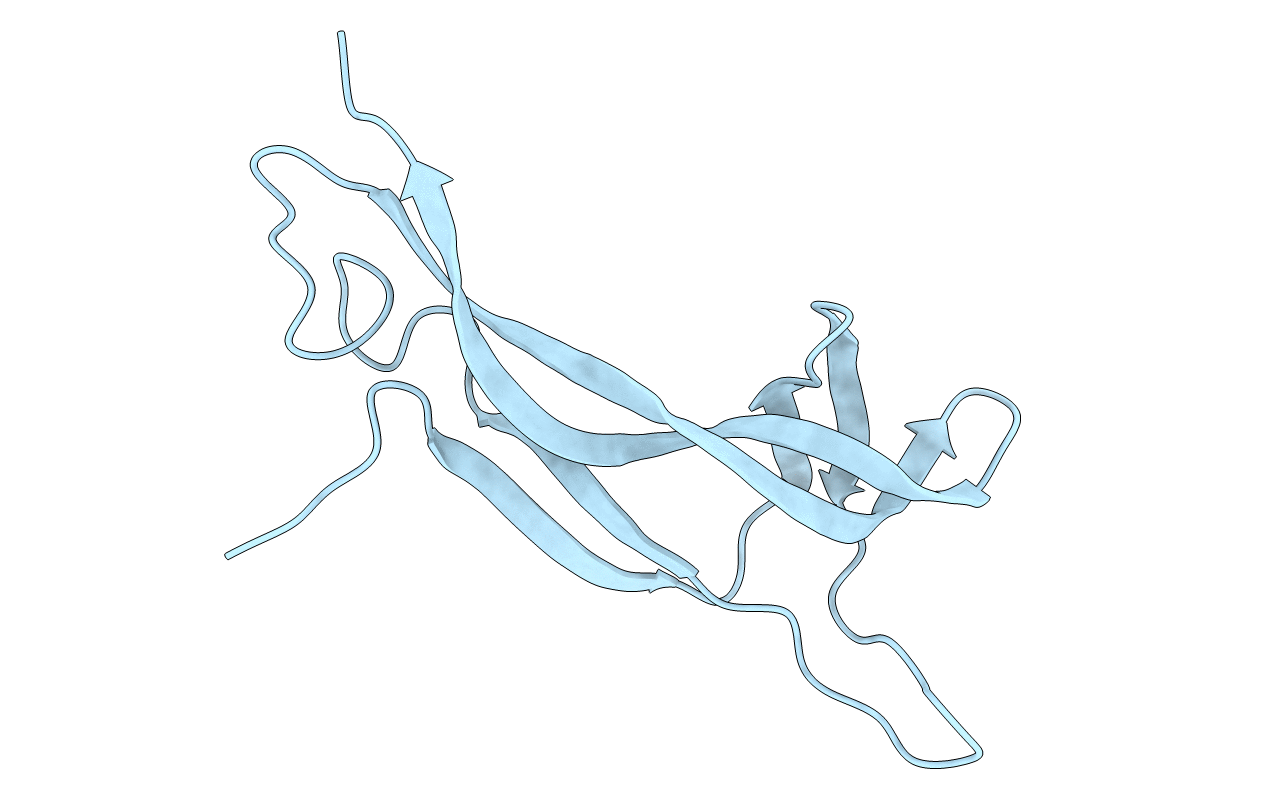
Deposition Date
1993-04-08
Release Date
1994-05-31
Last Version Date
2024-11-20
Entry Detail
PDB ID:
1BET
Keywords:
Title:
NEW PROTEIN FOLD REVEALED BY A 2.3 ANGSTROM RESOLUTION CRYSTAL STRUCTURE OF NERVE GROWTH FACTOR
Biological Source:
Source Organism:
Mus musculus (Taxon ID: 10090)
Method Details:
Experimental Method:
Resolution:
2.30 Å
R-Value Work:
0.22
R-Value Observed:
0.22
Space Group:
P 65 2 2


